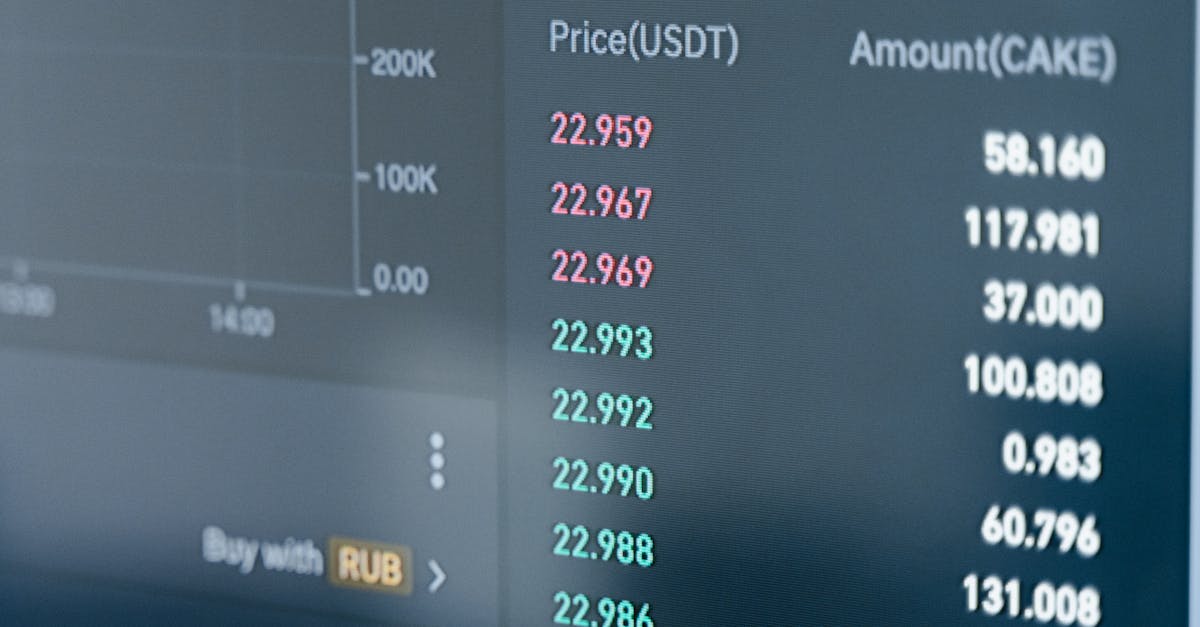Stablecoins Surge Amid Market Consolidation
During the recent market consolidation, stablecoins like USDT and USDC have seen a significant increase in market capitalization, coinciding with Bitcoin's price rise to $60.5K. This capital influx was crucial to Bitcoin's surge, indicating the importance of stable assets in the crypto ecosystem.
Increase in USDT Supply
While Bitcoin saw a 2% decline on the 16th of September, USDT circulating supply jumped from $54.14B to $54.34B. This increased liquidity may support potential Bitcoin price increases in the coming days, assuming there is less reliance on USDT as a safe haven.
Investor Confidence in Recovery Questioned
However, the market retracing into a bearish pullback has raised questions about investor confidence in a price recovery. The chart shows consecutive negative flows, suggesting investors may have shifted capital into USDT for safety while Bitcoin's price fell, reflecting a liquidity shift rather than a direct correlation.
Potential Implications for Bitcoin
A decline in USDT reserves could indicate reduced faith in a price recovery, as investors may be using USDT as a safe haven. This could have implications for Bitcoin's future price movements, as the cryptocurrency's performance is closely tied to the broader crypto market sentiment.
Importance of Stablecoins in Crypto Ecosystem
The surge in stablecoin supply highlights the critical role these assets play in the cryptocurrency market. Monitoring the fluctuations in USDT and other stablecoins can provide valuable insights into the overall sentiment and liquidity dynamics within the crypto ecosystem.
Source: https://ambcrypto.com/1b-usdt-minted-what-does-this-mean-for-bitcoin/
The information provided in this article is for informational and educational purposes only, based on news and sources gathered from the internet. This content should not be considered as investment advice, financial guidance, or a suggestion to buy or sell any digital assets. Before making any financial decisions, we recommend consulting with a professional financial advisor and conducting your own research. The author and the blog are not responsible for any losses or damages that may arise from using this content.






Comments